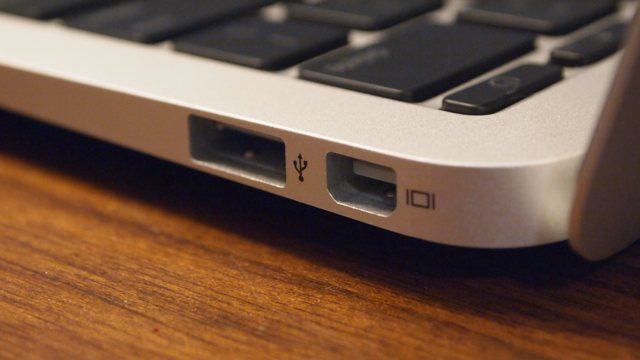

Now, take another perspective on this… how many of you are lamenting that they didn’t put a MagSafe connector on your iPad Air? … (crickets…) so the difference is…? Other voltages are possible under the USB C spec.Īll of this signaling and control is not possible with the simple connections of a MagSafe connector. In the case of the Macbook, that’s requesting the power adapter to raise the voltage from 5.1V to about 14.5V. Now, as you might imagine, there is a bit of an issue there because that higher output voltage can be anywhere on the map… this means that this is not a simple logic signal, but must be an authenticated command from specific hardware to the USB source. So, for a higher charging rate and output power, the connected device (Macbook or whatever) must signal to the power USB power source that it is able to accept a higher output voltage, and have the power source turn that on. Also, by default, USB devices expect only 5.1 V on the USB output.

The power envelope of USB has been greatly enlarged, but this comes by being able to increase the output voltage, as with the standard power wiring, the maximum current is fixed to around 2.1A. This is an issue where you may only really understand why Apple did things this way if you look under the hood at the USB C spec. That way we don’t have to regress in the name of progress.

Now, we would love to see a tiny MagSafe adapter cap (or very short corded adapter) that sticks into the USB-C port for MagSafe power cords. We are Mac users and Mac users embrace change.Īpple leads. MacDailyNews Take: As we wrote on March 11th: Much more discussion (and math) regarding friction, weight, and force in the full article here. “The first thing to look at is the force needed to pull a laptop off a table.” “So, how safe is MagSafe anyway?” Allain writes. It’s kind of a cool idea… it comes at a cost – no more MagSafe.” In fact, there is only one port on the MacBook and that it is a USB-C. “The most recent MacBook does not have a MagSafe power plug,” Allain writes. It saves your computer from falling off a table by using a magnet – thus MagSafe.” Why would you want a magnetic power cord? Well, if you trip over the cable, the MagSafe just pops off.

“The idea is that the power plug that goes into the laptop is connect with a magnet instead of the usual plug in hole type thingy (surely there is also a technical term for this). “In 2006, Apple produced laptops with the MagSafe power adapter,” Rhett Allain writes for Wired.


 0 kommentar(er)
0 kommentar(er)
